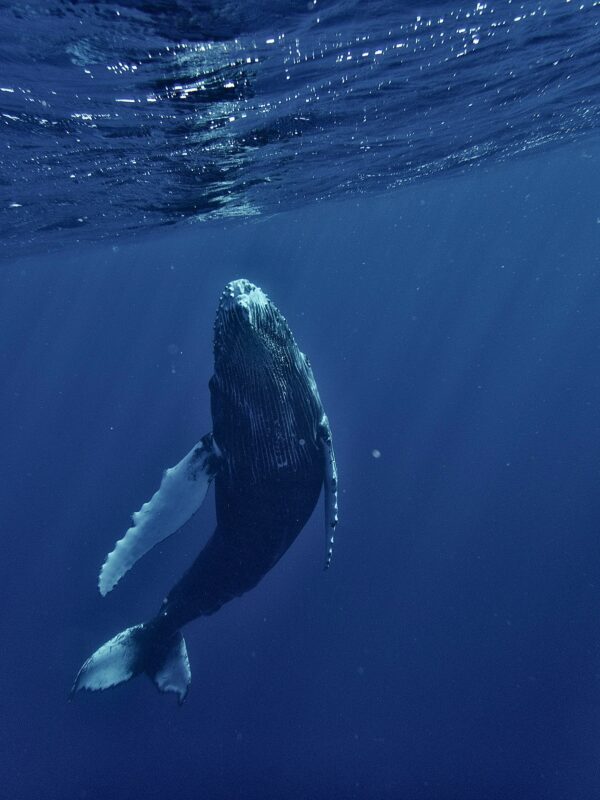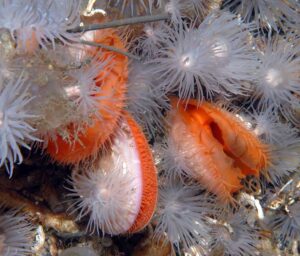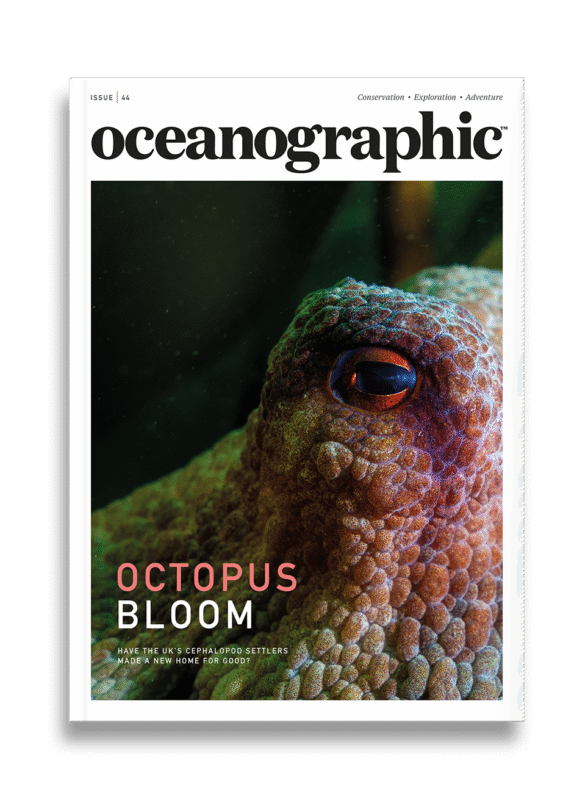Humpback whales are migrating southwards earlier than ever
According to a new survey carried out by scientists at the University of Queensland, that the return migration of humpbacks from their northern breeding grounds to their southern feeding grounds has shifted by as much as three weeks over the last 21 years.
The annual migration of humpback whales down the east Australian coast is a sight to behold and one for which – each year – national parks across New South Wales welcome many eager visitors keen to catch a glimpse of as the populations embark on their long migration back to the fertile feeding grounds of the southern ocean.
But, those visitors may have to start reorganising their calendars, because it would appear that the peak of this southern migration is now occurring weeks earlier than it did some two decades ago – the reason being, scientists believe, is a warming Southern Ocean.
It’s according to the results of a new survey carried out by scientists at the University of Queensland, that the return migration of humpbacks from their northern breeding grounds has shifted earlier by as much as three weeks over the last 21 years.
According to the results of recent acoustic and visual surveys the peak of the annual migration appears to have shifted by as much as three weeks earlier, and what back in 2003, was observed to reach its peak in early October has today shifted to as early as the middle of September.
“While migratory timing naturally fluctuates from year to year by about two weeks, since 2021 there has been a clear and sustained change,” said Associate Professor, Rebecca Dunlop from the University of Queensland’s School of the Environment.
“The cues for migration are not well understood but are likely to be influenced by ecological and environmental factors impacting summer feeding while in the Southern Ocean. A big factor is the connection between sea ice and krill populations.”
Apart from the odd temporary stopover, humpback whales do not eat during the winter months when they migrate to tropical and subtropical breeding grounds.
“Whales likely time their migration to ensure their stay in Antarctic waters is long enough with adequate feed to build the fat and protein reserves needed to fuel their journey to and from the breeding grounds, as well as for reproductive activities,” said Dr Dunlop.



The later years of this study, scientists have found, coincide with the pronounced decline in sea ice coverage “beyond usual annual fluctuations”. Less sea ice – or a shorter ice season – means less algae, crucial food for krill.
“And less available krill prior to the migration could be forcing the whales back to the feeding grounds earlier,” said Dr Dunlop.
Whales need to survive the very cold Southern Ocean by developing a thick layer of fat to keep them warm, and build this fat from their food. Newborn whales, however, don’t have this thick layer and would therefore not survive if they were born in the Antarctic. They need warmer water while they build up their insulation layer with the nourishment they receive from their mothers’ milk. Humpback whales will, therefore, start their swim north to find warmer waters in which to breed, and then start making their southbound journey with newborns in tow.
The eastern Australian population of humpback whales has grown from only 300 in the 1960s following a period of sustained hunting, to around 40,000 today.
“We did consider if an earlier departure from the northern breeding grounds could be driven by crowding or even human activity in the Great Barrier Reef,” said Dr Dunlop. “But while the whale population increased steadily over the 21 years of this study, a clear shift in migration timing did not occur until after 2021 when rising water temperatures driven by climate change affected sea ice coverage in the Antarctic ocean.
“This earlier return south is also being seen in other humpback populations – along Australia’s west coast and South America.”
The concern now is that at some point we may start to see a decline in birth rates among humpback whale populations as increasingly the females start to lack the energy to support migrating north, giving birth, and getting their calf back to the feeding grounds.
Another research project is now underway to determine whether the timing of the migration north away from the feeding grounds has also shifted.
The paper – Southern Ocean humpback whales are shifting to an earlier return migration – has been published in the scientific journal, Nature.


"*" indicates required fields
Printed editions
Current issue
Back issues

Back Issues
Issue 43 Sir David Attenborough’s ‘Ocean’

Back Issues
Issue 41 Holdfast to the canopy
Enjoy so much more from Oceanographic Magazine by becoming a subscriber.
A range of subscription options are available.








